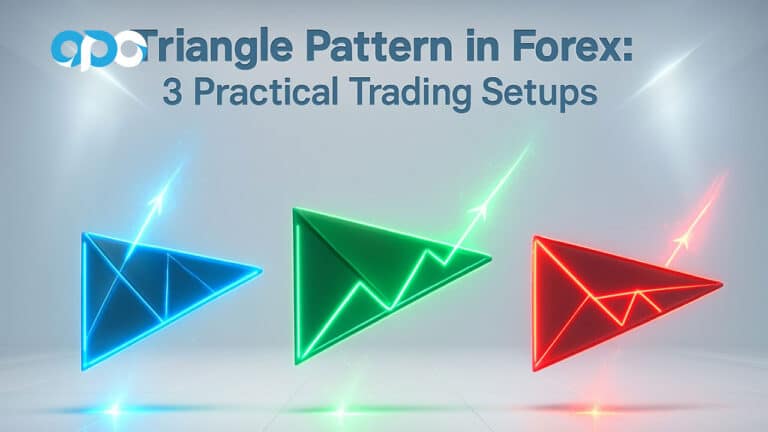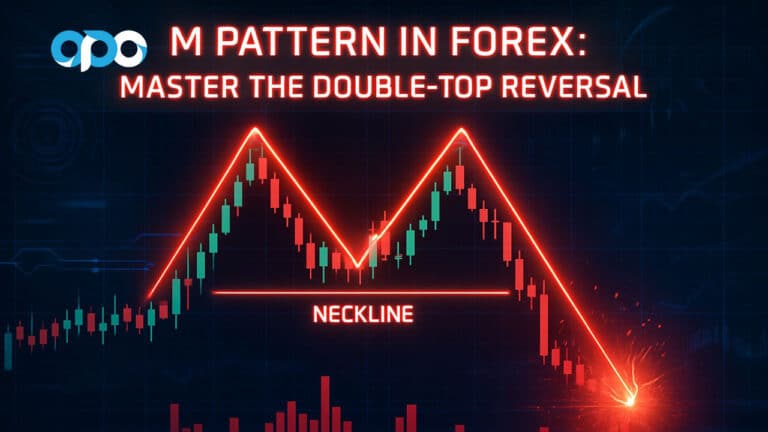Think Trading GBPUSD is Easy Money? Think Again!
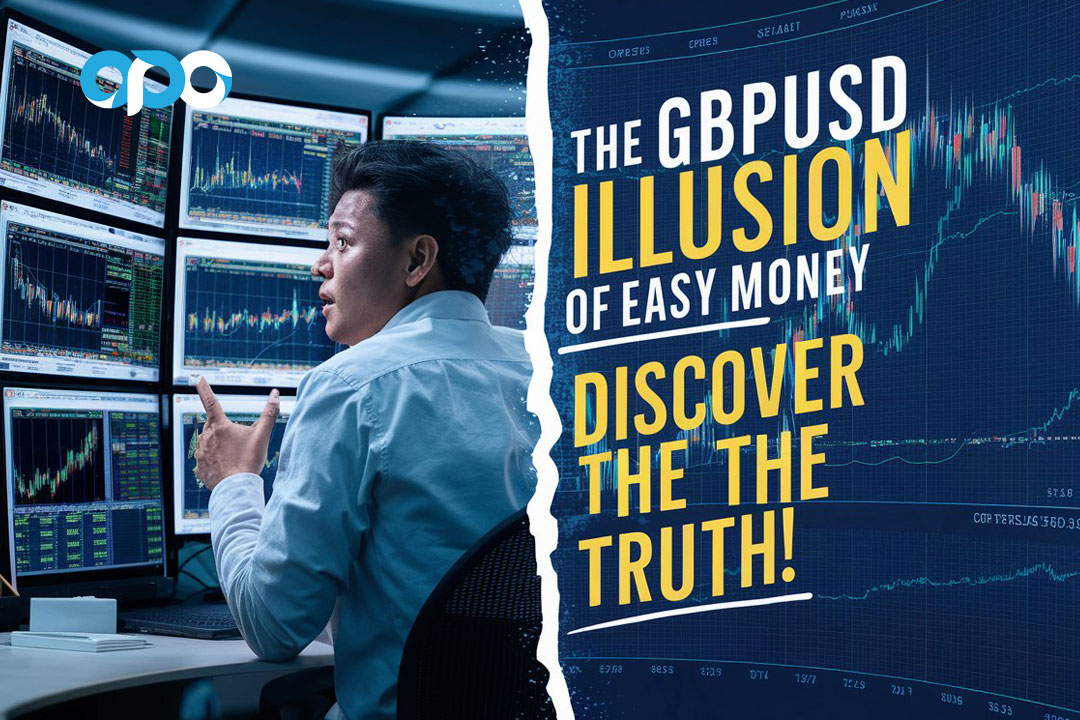
Have you ever been tempted by the idea that trading GBPUSD could be your golden ticket to quick profits? You’re not alone. The allure of fast money in the forex market, especially with the GBPUSD pair, draws in countless traders. But here’s the truth: it’s not as easy as it seems. In fact, trading GBPUSD can be a rollercoaster ride filled with unexpected twists and turns. Partnering with an online forex broker can help you better manage the risks involved in trading such a volatile pair.
This article will help you see through the illusion of easy money in GBPUSD trading. We’ll explore why so many traders fall into the trap, share stories from the trading trenches, and give you practical tips to navigate the market with confidence.
Why Does GBPUSD Seem Like Easy Money?
Is GBPUSD Really a Money-Making Machine?
GBPUSD, also known as “Cable,” is one of the most traded currency pairs in the world. It’s no wonder why—it’s known for high liquidity, big price moves, and being heavily influenced by major economic news from both the UK and the US. This combination can make GBPUSD seem like a playground for easy profits.
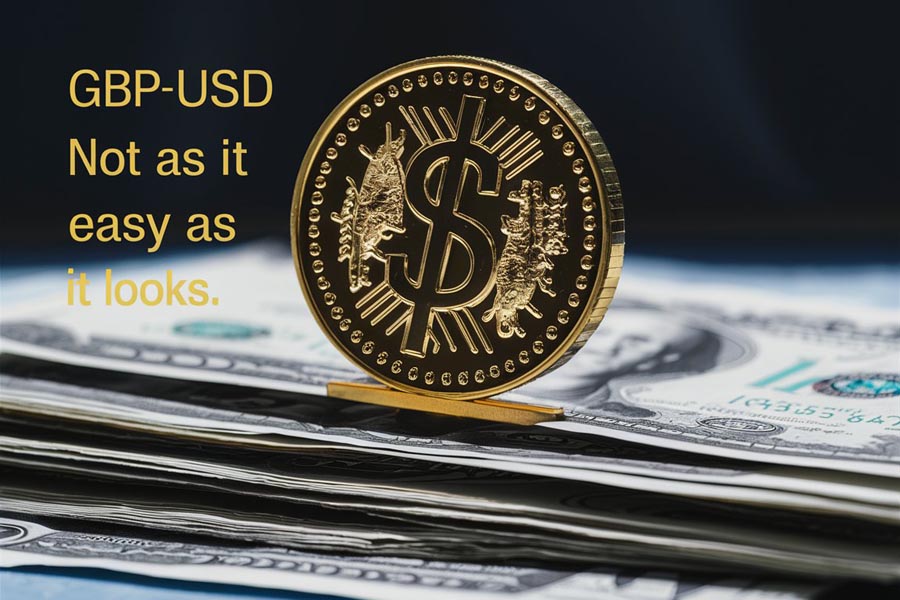
But don’t be fooled. The very factors that make GBPUSD attractive are the same ones that make it incredibly risky. The pair’s volatility can turn what looks like a surefire win into a surprising loss. Many traders, especially beginners, dive into GBPUSD without fully grasping the risks, only to find themselves in deeper waters than they expected.
Read More: Dont Be the Next XAUUSD Victim Learn from Their Mistakes
The Trap of Overconfidence: Thinking You Can Predict the Market
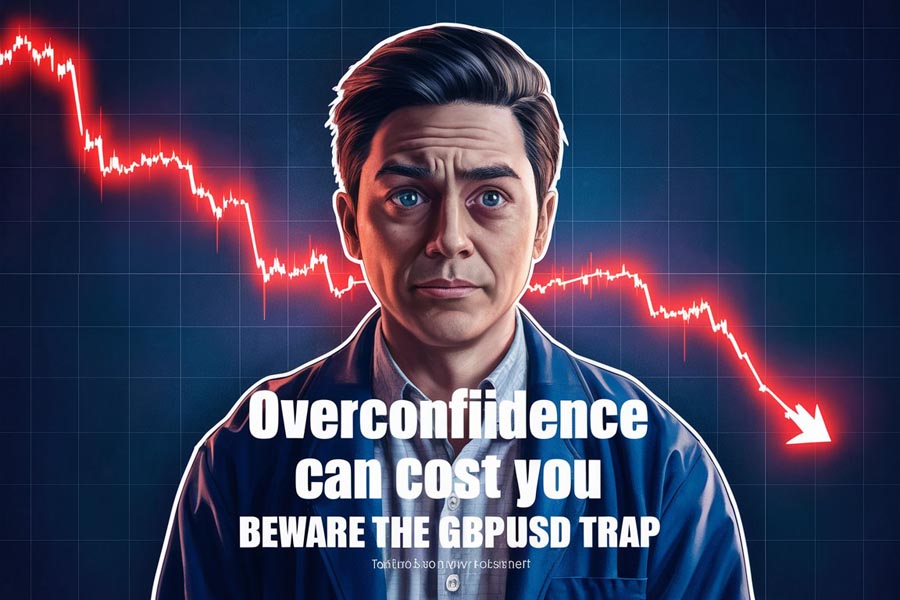
One of the biggest misconceptions about trading GBPUSD is the belief that it’s easy to predict. Traders often think that they can anticipate how the pair will move based on news events, technical analysis, or gut feeling. But the reality is much more complicated.
Real-Life Example: The Brexit Shock
Consider Brexit—a perfect example of how unpredictable the GBPUSD pair can be. When the UK voted to leave the European Union in 2016, the Pound plummeted against the Dollar, catching many traders off guard. Those who had bet on a stronger Pound before the vote were blindsided by the dramatic drop, leading to significant losses.
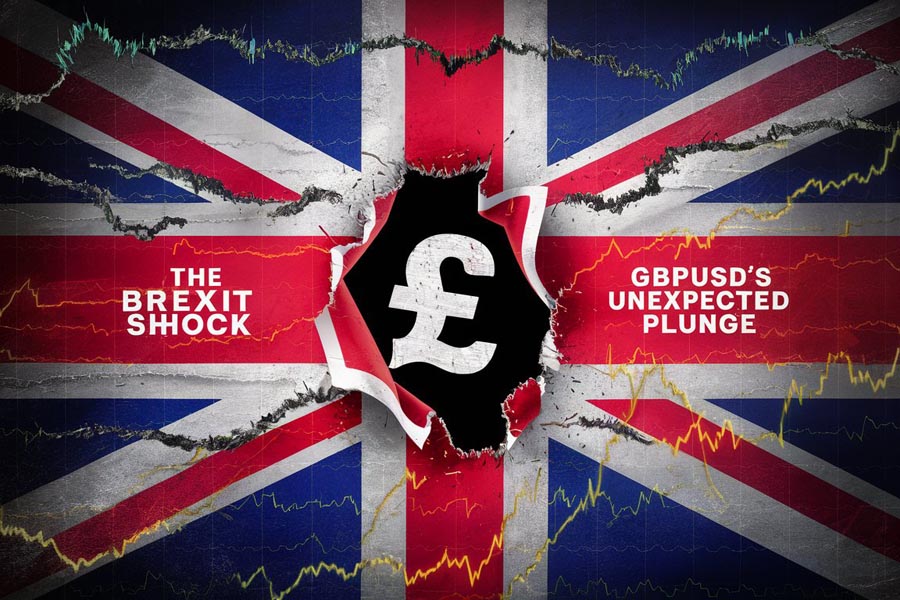
Even now, years later, the GBPUSD remains influenced by ongoing Brexit-related developments. This uncertainty makes it incredibly challenging to predict the pair’s movements with any confidence.
Common Traps in GBPUSD Trading
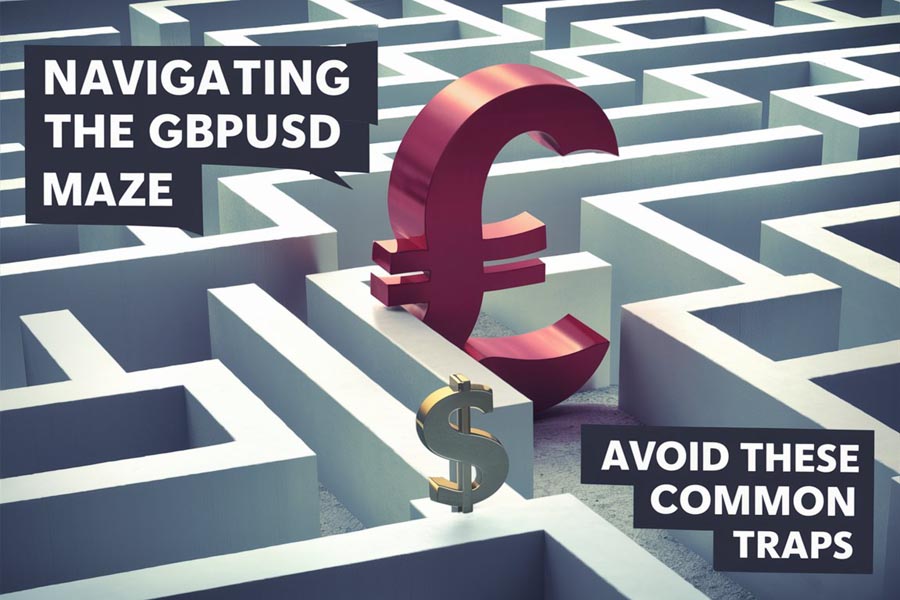
1. Overestimating Your Market Knowledge
One of the most dangerous traps is overestimating your knowledge of the market. Just because you’ve read a few articles or watched some videos doesn’t mean you’re ready to trade GBPUSD successfully. The foreign exchange market is incredibly complex, and it takes time, experience, and continuous learning to navigate it effectively.
Storytime: John, a novice trader, decided to trade GBPUSD after watching a few YouTube videos on technical analysis. He felt confident that he could predict the pair’s movements based on chart patterns. However, he quickly realized that the market didn’t always behave as expected. After a few losing trades, John’s confidence was shattered, and he decided to step back and take the time to learn more about the market before trading again.
2. Ignoring Risk Management
Another common mistake is neglecting risk management. Many traders focus solely on potential profits without considering the risks involved. They might use high leverage or place large trades without setting stop-loss orders, exposing themselves to significant losses.
Storytime: Sarah, an experienced trader, decided to increase her position size in the GBPUSD market after a few successful trades. However, she didn’t adjust her stop-loss levels to account for the larger position. When the market suddenly turned against her, she ended up losing a significant portion of her account balance. This experience taught her the importance of always using proper risk management, regardless of how confident she felt about a trade.
3. Chasing the Market
Chasing the market is a common trap, especially in a fast-moving pair like GBPUSD. Traders might see a strong price movement and jump in, hoping to catch the momentum. However, by the time they enter the trade, the market may have already started to reverse, leading to losses.
Storytime: Mike saw the GBPUSD rapidly rising after a positive economic report from the US. Excited by the prospect of quick profits, he entered a long trade without considering that the move might be short-lived. Sure enough, the market reversed just as quickly as it had risen, and Mike’s trade ended in a loss. This taught him the importance of patience and waiting for confirmation before entering a trade.
Read More: This 7 EURUSD Trading Mistakes Could Be Your Downfall
How to Avoid the GBPUSD Trap
Now that we’ve discussed the common traps and misconceptions about trading GBPUSD, let’s talk about how you can avoid falling into them. By following these tips, you can trade GBPUSD more wisely and reduce your risk of losses.
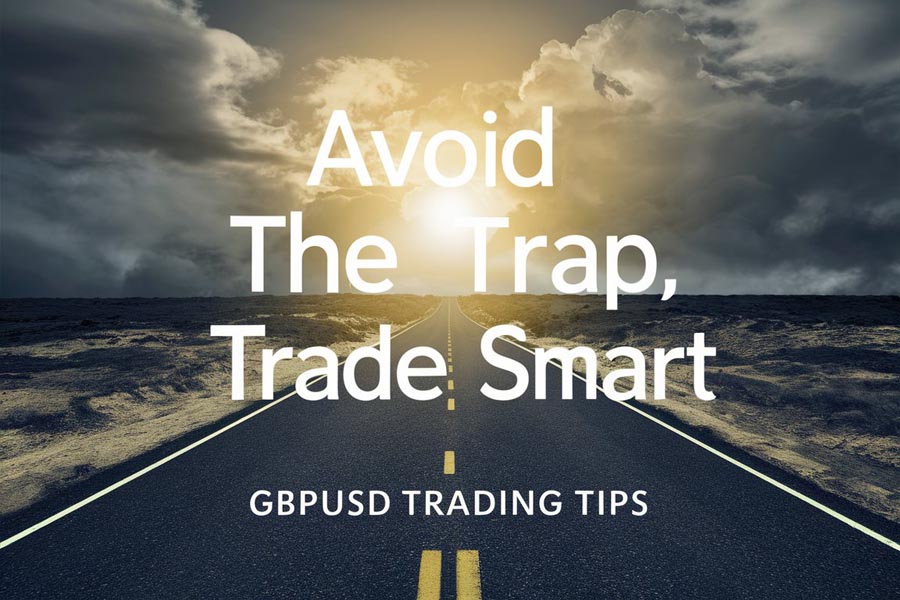
1. Educate Yourself Continuously
The forex market is constantly evolving, and staying informed is crucial. Make it a habit to read market analysis, attend webinars, and learn from experienced traders. The more you know, the better equipped you’ll be to navigate the complexities of the GBPUSD pair.
2. Use Proper Risk Management
Always use proper risk management when trading. This includes setting stop-loss orders, using appropriate position sizes, and avoiding excessive leverage. Remember, it’s better to protect your capital than to chase after profits.
3. Be Patient and Disciplined
Patience and discipline are key to successful trading. Don’t rush into trades based on emotions or FOMO (fear of missing out). Instead, wait for clear signals and confirmation before entering a trade. And if the market isn’t behaving as expected, don’t be afraid to sit on the sidelines and wait for a better opportunity.
4. Keep Emotions in Check
Trading can be an emotional rollercoaster, especially when dealing with a volatile pair like GBPUSD. It’s essential to keep your emotions in check and avoid making impulsive decisions. Develop a trading plan and stick to it, regardless of how the market is moving.
5. Use Technical and Fundamental Analysis
Successful GBPUSD trading often involves a combination of technical and fundamental analysis. Technical analysis helps you identify trends and patterns in the market, while fundamental analysis allows you to understand the economic factors driving those trends. By using both approaches, you can make more informed trading decisions.
6. Monitor Economic Events Closely
The GBPUSD pair is highly sensitive to economic events and news releases. Keep a close eye on the economic calendar and be aware of upcoming events that could impact the pair. This includes interest rate decisions, employment reports, and geopolitical developments. By staying informed, you can better anticipate potential market movements and adjust your trading strategy accordingly.
Real-Life Example: The 2020 US Presidential Election
The 2020 US Presidential Election serves as another example of how unpredictable the GBPUSD pair can be. In the weeks leading up to the election, the GBPUSD experienced significant volatility as traders reacted to the uncertainty surrounding the outcome. Some traders who tried to capitalize on the volatility ended up losing money due to the unpredictable nature of the market during such events.
However, those who had a solid trading plan and followed their risk management strategies were able to navigate the volatility more successfully. This highlights the importance of staying disciplined and not letting emotions drive your trading decisions, especially during times of uncertainty.
Read More: Unmasking the Forex Profit Thieves
Why OpoFinance is Your Go-To Broker for Trading GBPUSD
When it comes to trading the GBPUSD pair, choosing the right broker is crucial. That’s where OpoFinance comes in. As an ASIC-regulated broker, OpoFinance offers a secure and transparent trading environment, ensuring your funds are protected.
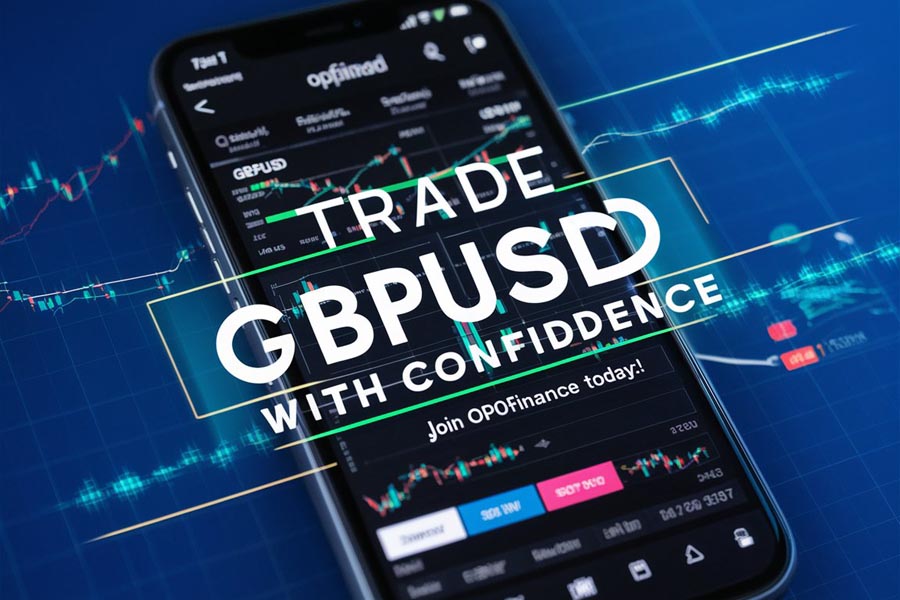
But that’s not all—OpoFinance’s social trading platform allows you to follow and copy the trades of experienced traders. This feature is perfect for those who are new to trading or simply want to enhance their trading strategies by learning from the best.
With OpoFinance, you can trade GBPUSD with confidence, knowing you have access to top-notch tools, resources, and support. Plus, their user-friendly platform makes it easy to navigate the complexities of the forex market.
So why wait? Join OpoFinance today and take your GBPUSD trading to the next level!
Conclusion: The GBPUSD Illusion Debunked
The idea that trading the GBPUSD pair is a quick and easy way to make money is a dangerous illusion. While the pair offers opportunities for profit, it also comes with significant risks. By understanding the common traps, educating yourself continuously, and using proper risk management, you can avoid falling into the GBPUSD trap and trade more wisely.
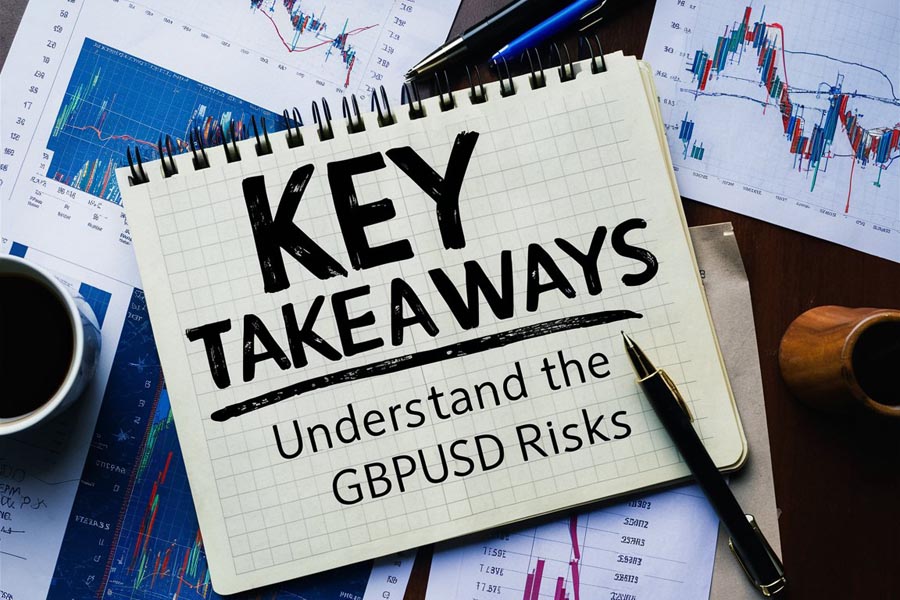
Key Takeaways:
- GBPUSD is not as predictable as it seems: The pair is influenced by a variety of factors, making it challenging to predict its movements.
- Risk management is crucial: Always use stop-loss orders and manage your position sizes to protect your capital.
- Stay informed and be patient: Continuously educate yourself and wait for clear signals before entering trades.
- Avoid emotional trading: Stick to your trading plan and avoid making impulsive decisions based on emotions.
Is trading GBPUSD suitable for beginners?
Trading GBPUSD can be challenging for beginners due to its volatility and the factors influencing its movements. It’s advisable for beginners to start with a demo account and practice trading before committing real money. Continuous education and proper risk management are crucial for success.
What economic indicators should I monitor when trading GBPUSD?
Key economic indicators that impact GBPUSD include interest rate decisions, employment reports, inflation data, and GDP figures from both the UK and the US. Additionally, geopolitical events and trade negotiations can also significantly influence the pair.
Can I trade GBPUSD during any market session?
Yes, GBPUSD can be traded during any market session, but it’s most active during the London and New York sessions when both the UK and the US markets are open. This is when the pair experiences the highest liquidity and the most significant price movements.






